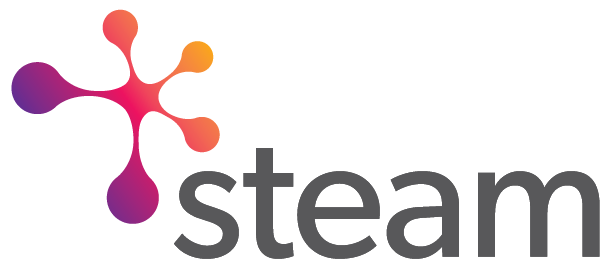3.9 Tailoring to specific needs and interests
Sometimes we want to communicate on a smaller scale but have a deeper interaction (remember the spectrum for public participation). Often this allows us to tailor an activity to meet a specific need or coincide with an interest. When we do this, not only will we have more of our audience engaging well with our communication but also we will have a more significant impact on them.
Here are some real examples of public engagement or outreach activities that worked well as they fit in with the needs and interests of the audience. For each one, try to make a note of what you think works well, what needs or interests were met?:
What the Tech? – A free drop in event at a local campus, where participants can bring their technology and get assistance from university students.
Audience: Pensioners from the local area (disadvantaged neighbourhood).
Cooking Numbers – Participants are taught math through cooking. They must calculate expenses, ingredient ratios and nutritional values.
Audience: Students struggling with math.
Prison Life on Mars – Astrobiologists team with inmates at a prison to run workshops and experiments exploring habit requirements on Mars including how food could be grown.
Audience: Inmates at a high security prison.
Make a note of your answers and then compare with ours:
Leave a Reply
You must be logged in to post a comment.


No Responses